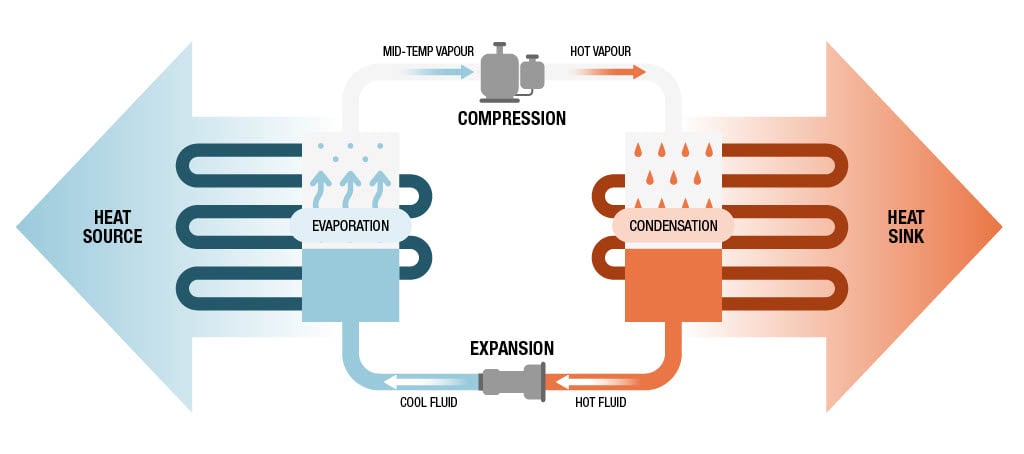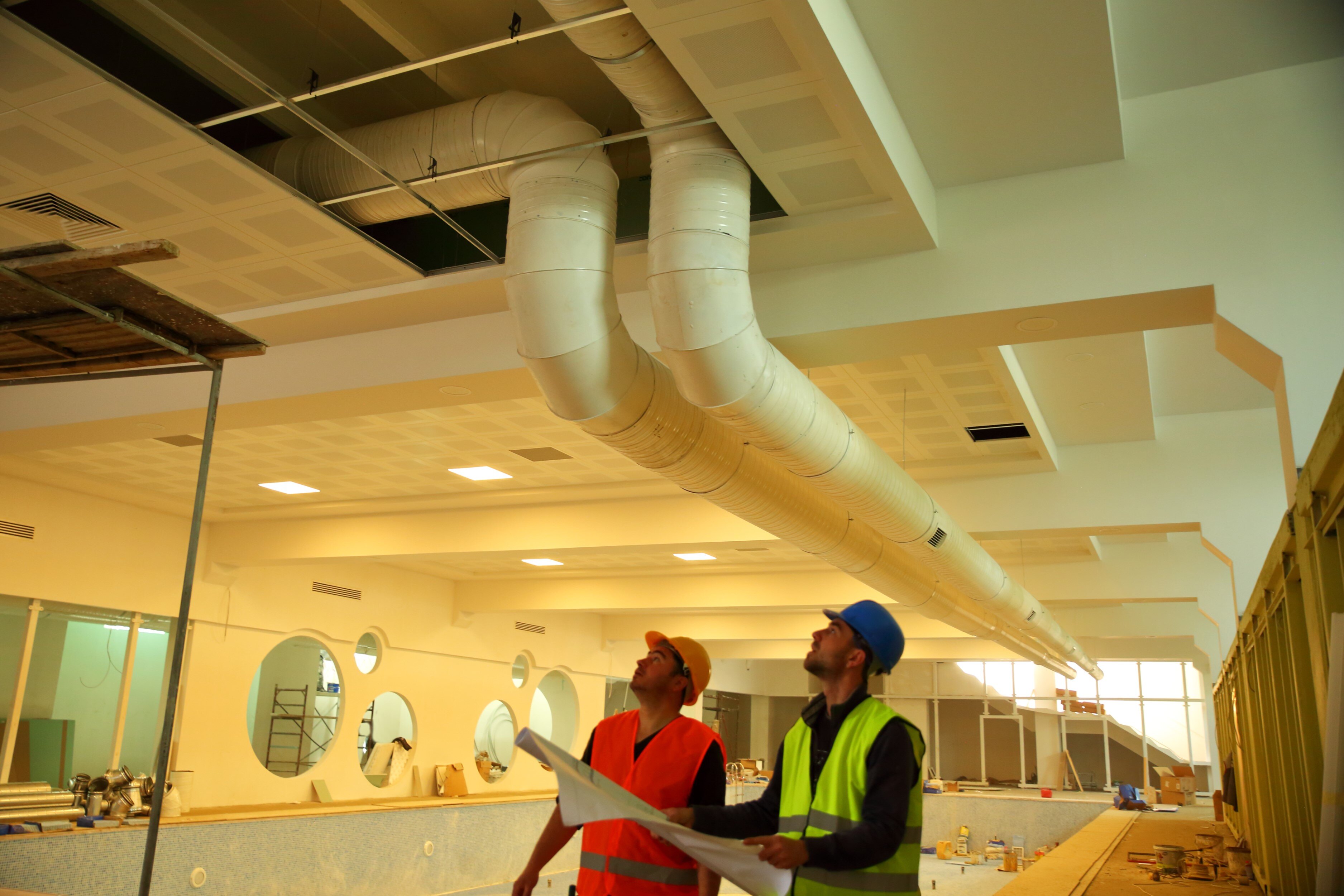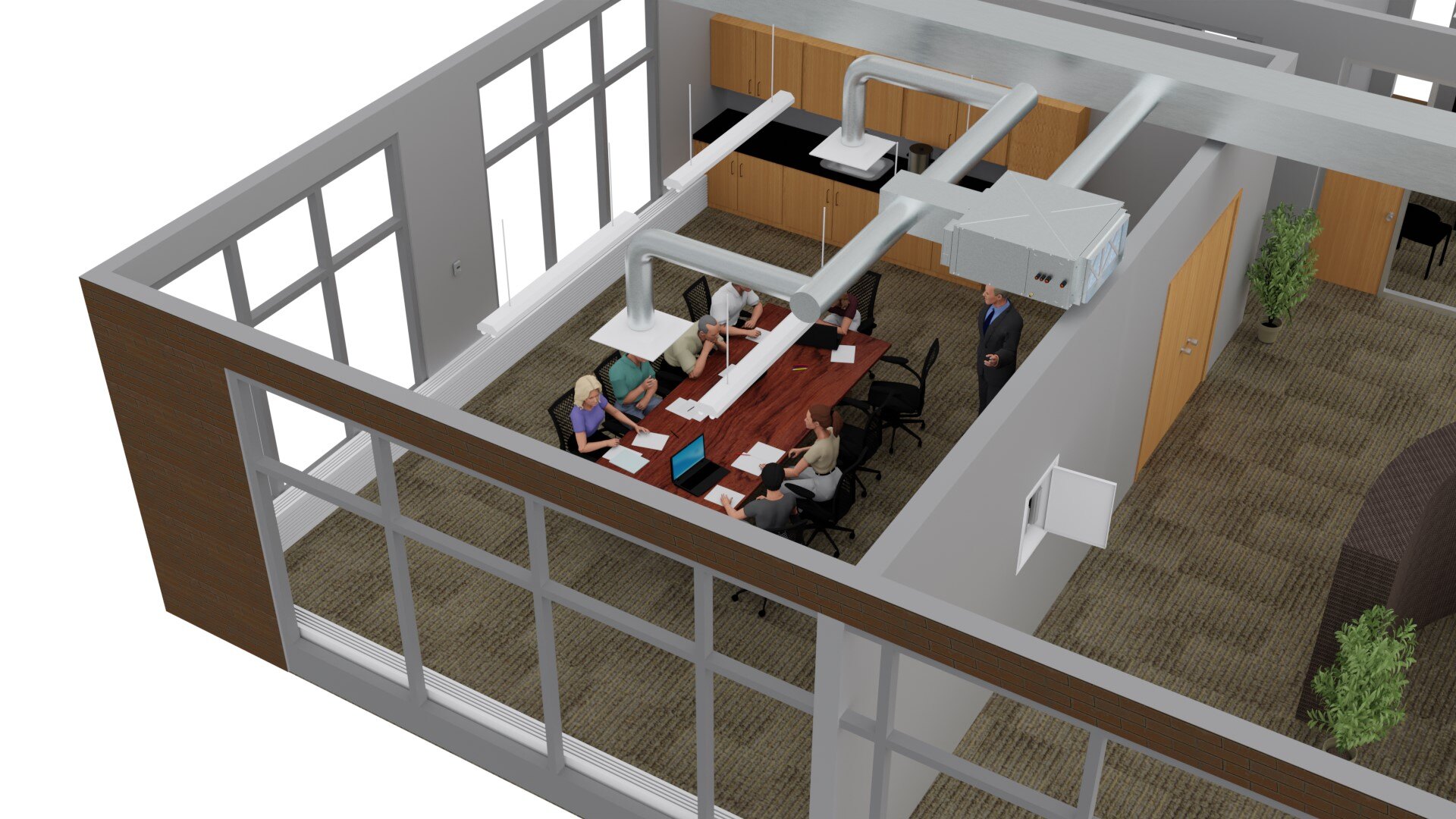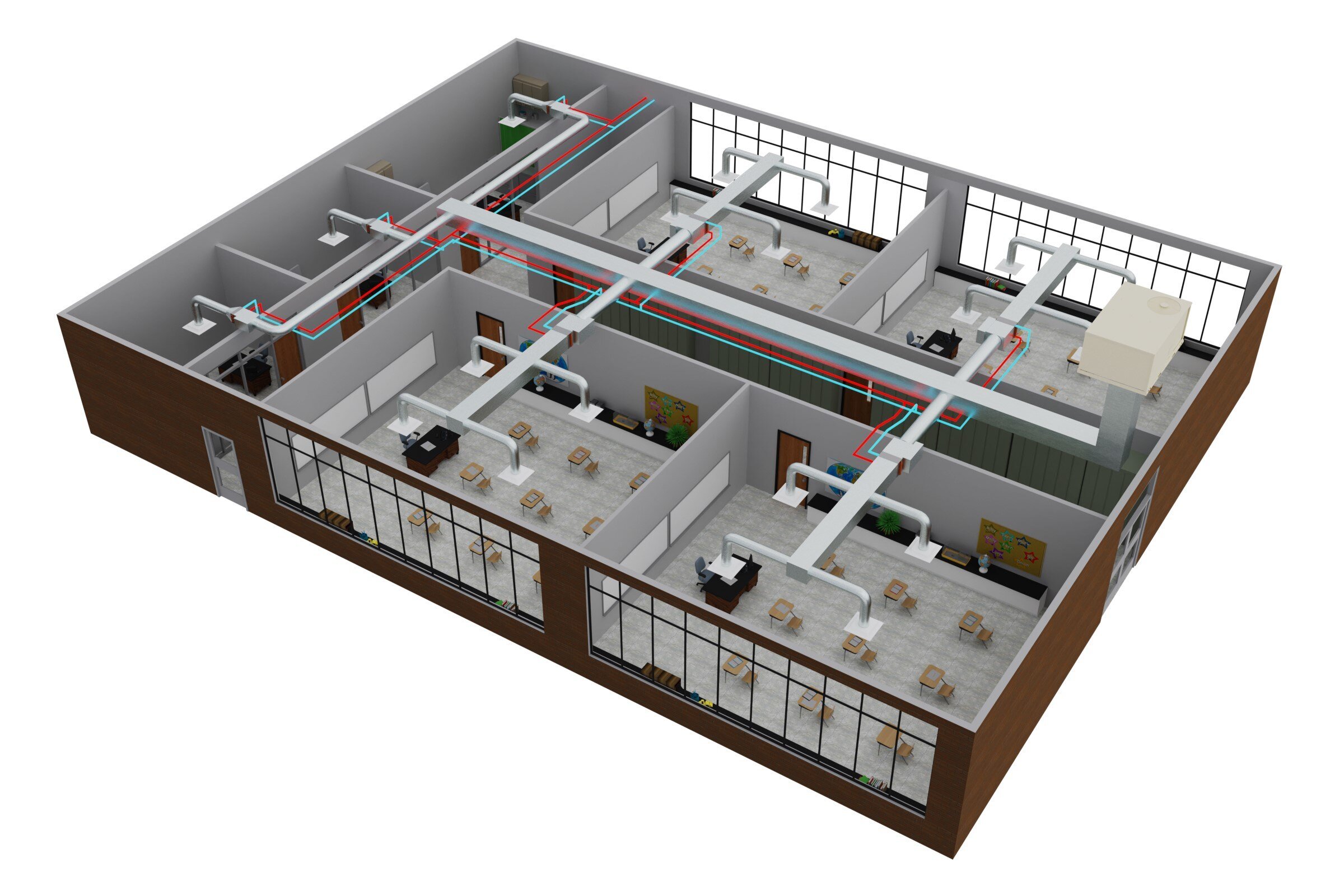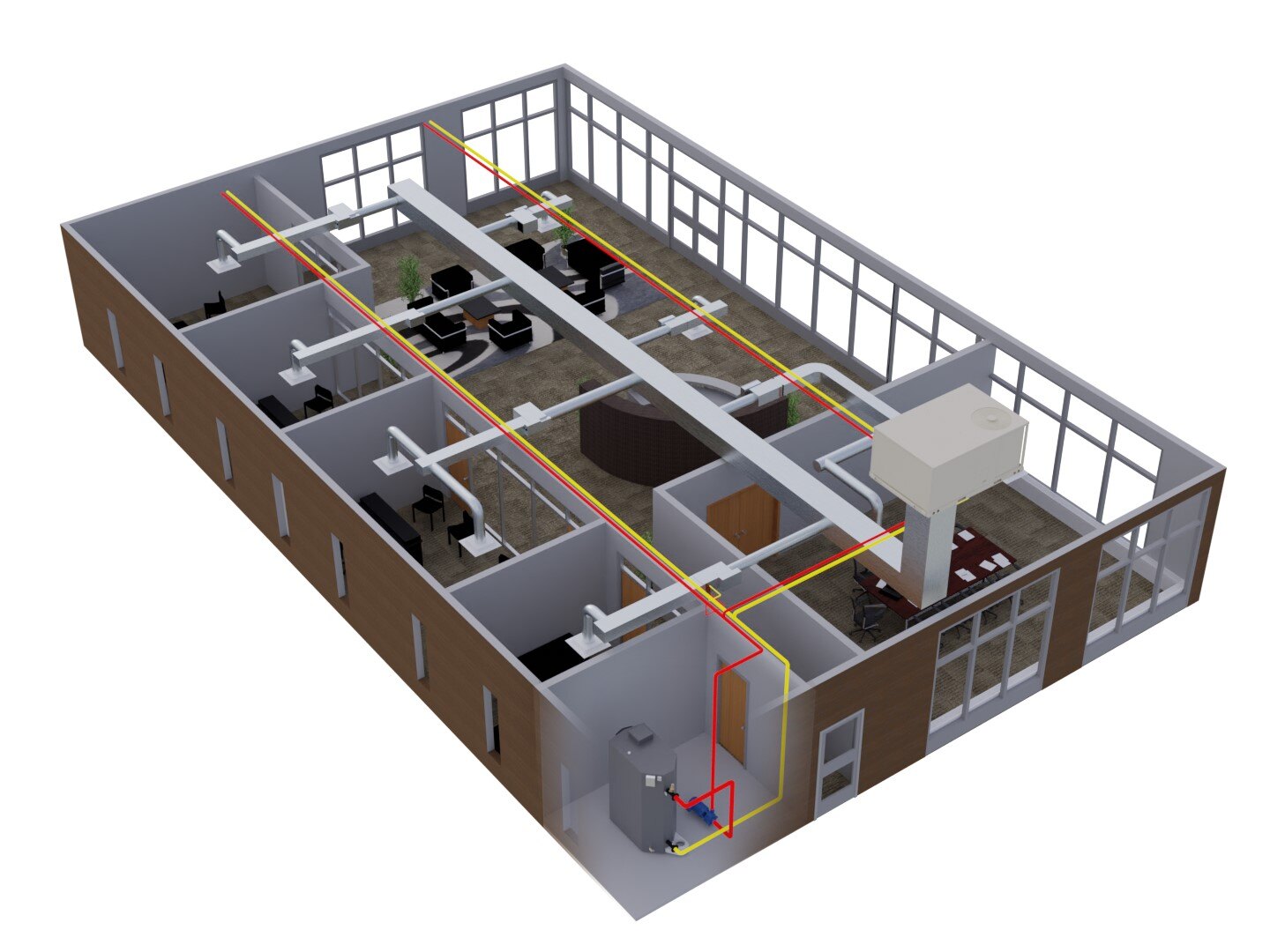Choosing the Right Coil to Optimize Your System’s Performance
Air-to-water heat pump systems are highly efficient HVAC solutions, but optimizing their performance depends on addressing key factors – most notably, the hot water supply temperature (HWST). And when these heat pumps are paired with a VAV distribution system, it’s especially critical to select the correct coil configuration.
Read More
Topics:
Pressure Drop,
Terminals,
System Efficiency,
HVAC Fundamentals,
HVAC,
Engineering,
Design Engineering
8 Reasons for Pressure Fluctuations – and What to Do About Them
Pressure fluctuations in a comfort-cooling variable air volume (VAV) HVAC system arise from various design, operational and external factors. These issues must be addressed to ensure consistent airflow, energy efficiency and occupant comfort.
Read More
Topics:
Static Pressure,
Pressure Drop,
System Efficiency,
Thermal Comfort,
HVAC Fundamentals,
HVAC,
Engineering,
Design Engineering
Best Practices to Ensure Comfort and Efficiency
Fan coil units are used in HVAC systems to provide heating, cooling and dehumidification for individual zones or spaces. They work by using a heat exchanger to transfer energy between water and air, coupled with a fan to circulate conditioned air throughout the room.
Read More
Topics:
Fan Coils,
HVAC Fundamentals,
HVAC,
Engineering,
Design Engineering
Strategies to Save Energy and Reduce Costs
In the HVAC industry, we’re seeing the trend toward decarbonization and electrification affect the built environment more and more every year. It is therefore critical to improve HVAC system performance through better design, selection and control.
Read More
Topics:
GRD,
Diffusers,
Pressure Drop,
Terminals,
HVAC Fundamentals,
HVAC,
Engineering,
Design Engineering
Where Zone Control Meets Design Flexibility
As we discussed in our last blog post, single-duct VAV systems with hydronic reheat are one of the most popular commercial HVAC air distribution systems in North America. These systems provide heating, cooling and ventilation by regulating airflow and hot water.
Read More
Topics:
Terminals,
HVAC Fundamentals,
HVAC,
Engineering,
Design Engineering


